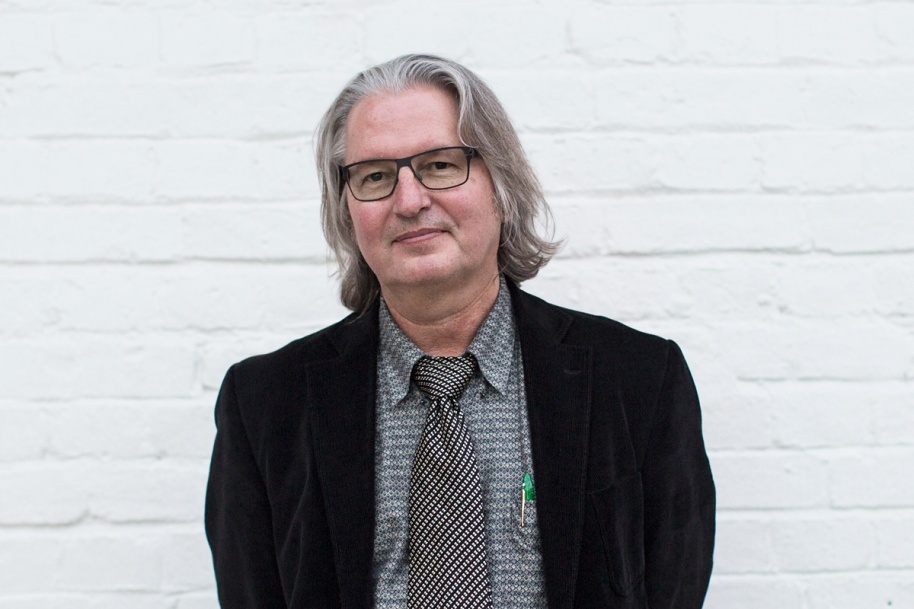Acclaimed Sci-Fi Author Bruce Sterling Sets New Trajectory for Liberal Arts Masterclass
This Wednesday in the W.M. Keck Lecture Hall September at 7 p.m., SCI-Arc presents “Bruce Sterling: Speculative Architecture,” a public lecture by the acclaimed science fiction writer. It’s a warm up to Sterling’s four-part Masterclass, a recurring series of two-hour dialogues between leading thinkers outside the realm of architecture and SCI-Arc’s Liberal Arts students.
Where previous editions have been led by philosophers and scholars, Sterling is the first visiting science fiction writer. As one of the founders of cyberpunk, an ’80s and ’90s literary movement that envisioned a future social order radically changed by technological advancement, he’s also a cause of excitement among SCI-Arc’s faculty.
Sterling’s body of work coincides with many of the various concerns that architects have today.
“In particular we are excited to hear his thoughts on the unprecedented geopolitical shifts underway in the world driven by cryptocurrency, AI, nanotechnology, the blockchain, and so on,” says undergraduate program chair Tom Wiscombe. He also admires Sterling for embodying SCI-Arc’s values. “He is disruptive in his thinking, he takes on contemporary issues of our time, and of course, he's an iconoclast.”
Ahead of Sterling’s arrival, Matatyaou assigned the Masterclass students a few samples of the author’s writing. One includes the 2007 story, “The Interoperation,” which describes a future where software rules the design and construction of buildings, and the role of the architect is reduced to software administration.
“Ninety percent of all buildings were always crap,” Sterling writes. “That was because 90 percent of all people had no taste.”
“In this text, he puts his finger on something really important,” says Matatyaou. “Architecture as we know it will be something totally different in 20 years, and what architects are doing now will completely change.” Whether that something is serving the whims of machines remains to be seen, but regardless, Sterling provides a new voice, a new trajectory of inquiry for the Masterclass itself.
The Masterclass launched in the fall of 2015 in order to expand the Liberal Arts curriculum and immerse students in different modes of thinking. “It’s good to scramble their brains a bit and challenge their received notions of architecture,” says Matatyaou. “The Masterclass provides an outside voice who’s not breathing the same air we’re breathing, who can come in and talk to us with a new set of lungs. It also tests our ability to communicate to an outside audience. What I hope is that it fosters a two-way dialogue.”
